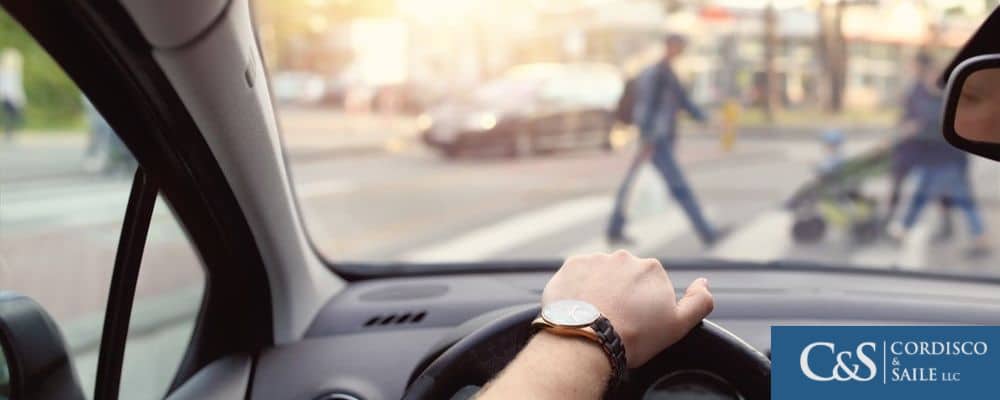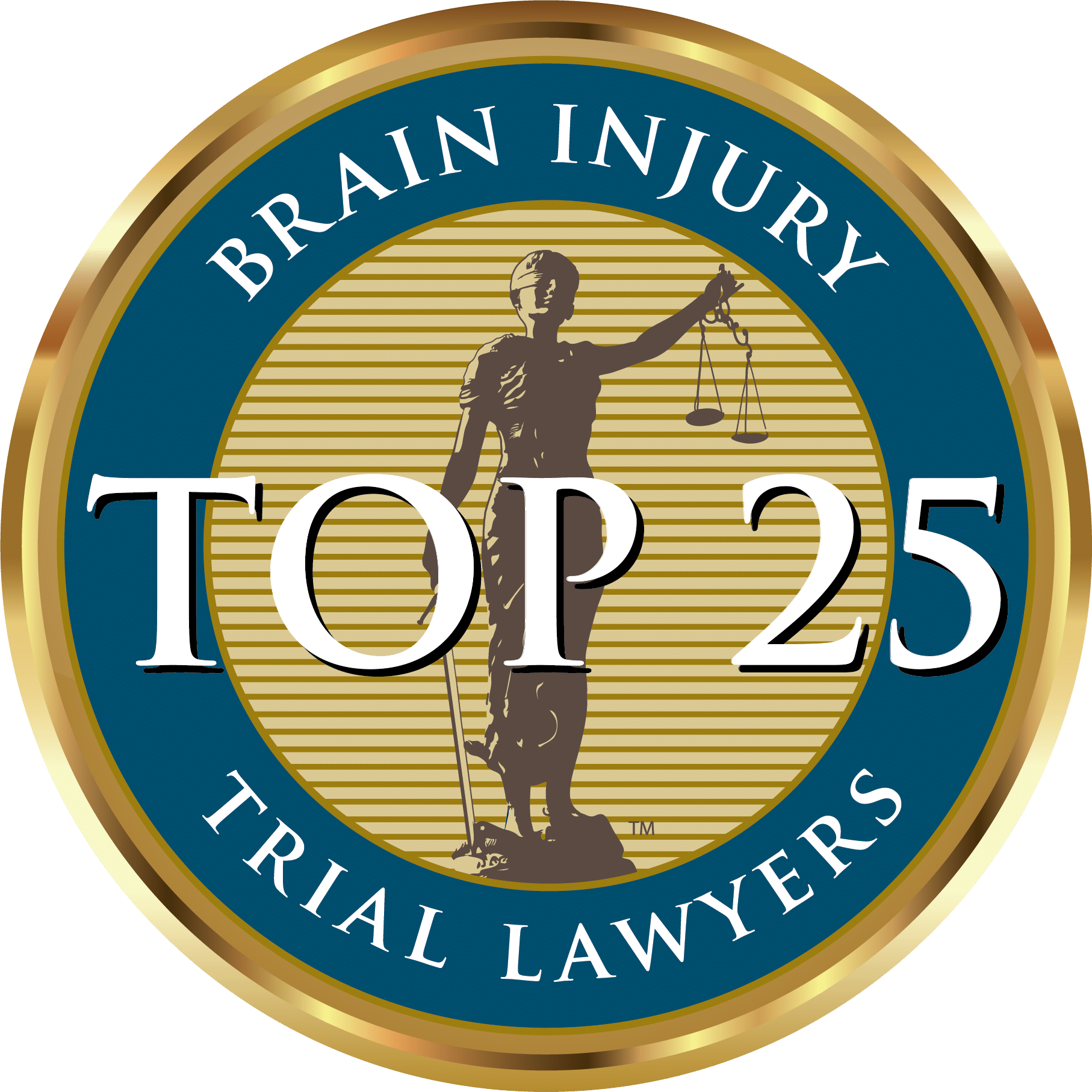
- Who is a pedestrian in Pennsylvania or New Jersey?
- Who is not a pedestrian in Pennsylvania or New Jersey?
- What are some key pedestrian laws in PA and NJ?
- Do pedestrians have the same rights as motorists after an accident?
- Where can I find more info about pedestrian safety?
- Where can I get legal help for pedestrian accidents?
A pedestrian is anyone who travels on foot. Specifically, Pennsylvania Code § 102 defines a pedestrian as “a natural person afoot,” and New Jersey Statutes §39:1-1 defines a pedestrian as “a person afoot.” Those with disabilities who require assistive devices also are considered pedestrians. It is important to understand the definition of a pedestrian, as well as your rights and responsibilities as a pedestrian, because it can impact your safety and determine the traffic laws that pertain to you.
For legal help with pedestrian injuries and accidents, call Cordisco & Saile and request a free consultation: 215-440-6272.
Who is a pedestrian in Pennsylvania or New Jersey?
Those traveling on foot are just one example of pedestrians. Persons living with mental or physical disabilities that require aides to travel are also pedestrians under the law.
- Someone in a wheelchair, whether manual or motorized, is a pedestrian.
- Those using electric mobility-assistive scooters are also pedestrians.
- So is anyone who uses a walker or cane for assistance.
- Anyone with visual impairments who utilizes a white cane or a service dog is a pedestrian under the law (Blind pedestrians always have the right of way under the law.)
Who is not a pedestrian in Pennsylvania or New Jersey?
There are also various road users that do not travel in vehicles that New Jersey and Pennsylvania law do not define as pedestrians. These road users include:
- Bicycle riders: Even when on a sidewalk, they are not pedestrians. In fact, anyone riding a bicycle must yield the right-of-way to pedestrians. The law also requires them to give a distinct signal (such as ringing a bell or calling out) before passing or overtaking a pedestrian.
- Skateboarders: Skateboarders (and other road users) on self-propelled vehicles, e.g., rollerblades, push scooters, are not pedestrians because they are not “on foot.” They must also yield to pedestrians and follow pedestrian control signals.
Both groups, when riding on the road, should ride as far to the right as possible so as not to impede the flow of traffic and for their own safety.
What are some key pedestrian laws in PA and NJ?
As a pedestrian and as a motorist, it is your duty be aware of the laws that apply to you. Of course, traffic and pedestrian control signals dictate right-of-way at most intersections, and all who use the road, regardless of whether they are a pedestrian, bicyclist, or motorist, must follow them.
Pedestrians have the right-of-way when in a marked or unmarked crosswalk at a non-controlled intersection. Crosswalks determine pedestrians’ rights and responsibilities. Crosswalks are not simply painted walking areas, but also include unmarked crosswalks formed at right angles whenever a sidewalk meets an intersection even if there is not another sidewalk on the other side of the road.
Whenever pedestrians are in a crosswalk (marked or unmarked), vehicles must yield to them. The same is true when walking on a sidewalk that extends across a driveway, alley, or other areas where vehicles enter or exit.
Conversely, there are also circumstances in which the law requires pedestrians crossing outside of crosswalks to yield to right-of-way to vehicles. One example is when crossing a road that provides an overhead pedestrian crossing or tunnel, or when walking in an urban area between adjacent controlled intersections. Failure to yield can result in fines.
Other noteworthy laws address the place in which a pedestrian is permitted to walk. Pedestrians must always use sidewalks when they are available. If there is no sidewalk, they must use the shoulder. Whether on a sidewalk or shoulder, the law permits pedestrians to travel in either direction.
In the event that there are no sidewalks or shoulders available for walking, then the pedestrian must stay as close to the edge as possible. In this case, the only direction an individual can travel is on the left side, facing traffic.
Do pedestrians have the same rights as motorists after an accident?
Just like motorists and bicyclists, pedestrians in NJ and PA who sustain injuries in traffic accidents will have the right to pursue compensation for damages. If the pedestrian was at fault, she will need to file a claim with her own auto or health insurance company for recovery.
If, however, the driver was at fault or contributed to the accident, pedestrians can seek recovery from the driver’s insurer. She will need to be able to prove that the driver was somehow negligent, such as failing to yield the right-of-way or speeding.
Also of importance is the fact that pedestrians in both NJ and PA have full tort rights, regardless of whether they have a full or limited tort policy. This means that injured pedestrians (or their families when they suffer fatal injuries) have the right to sue negligent parties for full damages. Injured pedestrians may be able to recover damages such as:
- Current and future medical bills
- Rehabilitation and physical therapy
- Lost work time and disability
- Scarring and disfigurement
- Pain and suffering
- Emotional damages
- Death benefits (for the family)
Where can I find more info about pedestrian safety?
Our firm, Cordisco & Saile LLC, and various other resources in PA and NJ provide a lot of excellent free information regarding pedestrian safety. You might try perusing the following:
- Just Drive PA
- Pennsylvania DOT’s Bike and Pedestrian Directory
- PA Commutes
- NJ’s Department of Law & Public Safety’s pedestrian safety page
- The NJ Bicycle and Pedestrian Resource Center (NJ BPAC)
Do not forget to bookmark this page to return to it for reference.
Where can I get legal help for pedestrian accidents?
Pedestrians or others that sustain injuries in traffic accidents who are concerned about their rights should contact Cordisco & Saile LLC. We can help pedestrians evaluate the circumstances of the incident and determine who may be at fault for the accident based on definitions of pedestrians and how this applies to state and local rules of the road.
Our aggressive pedestrian accident attorneys will also help you seek maximum recovery under the law so that you and your family will have the resources you need during your recovery.
Contact us at 215-440-6272 to schedule a free consultation.






